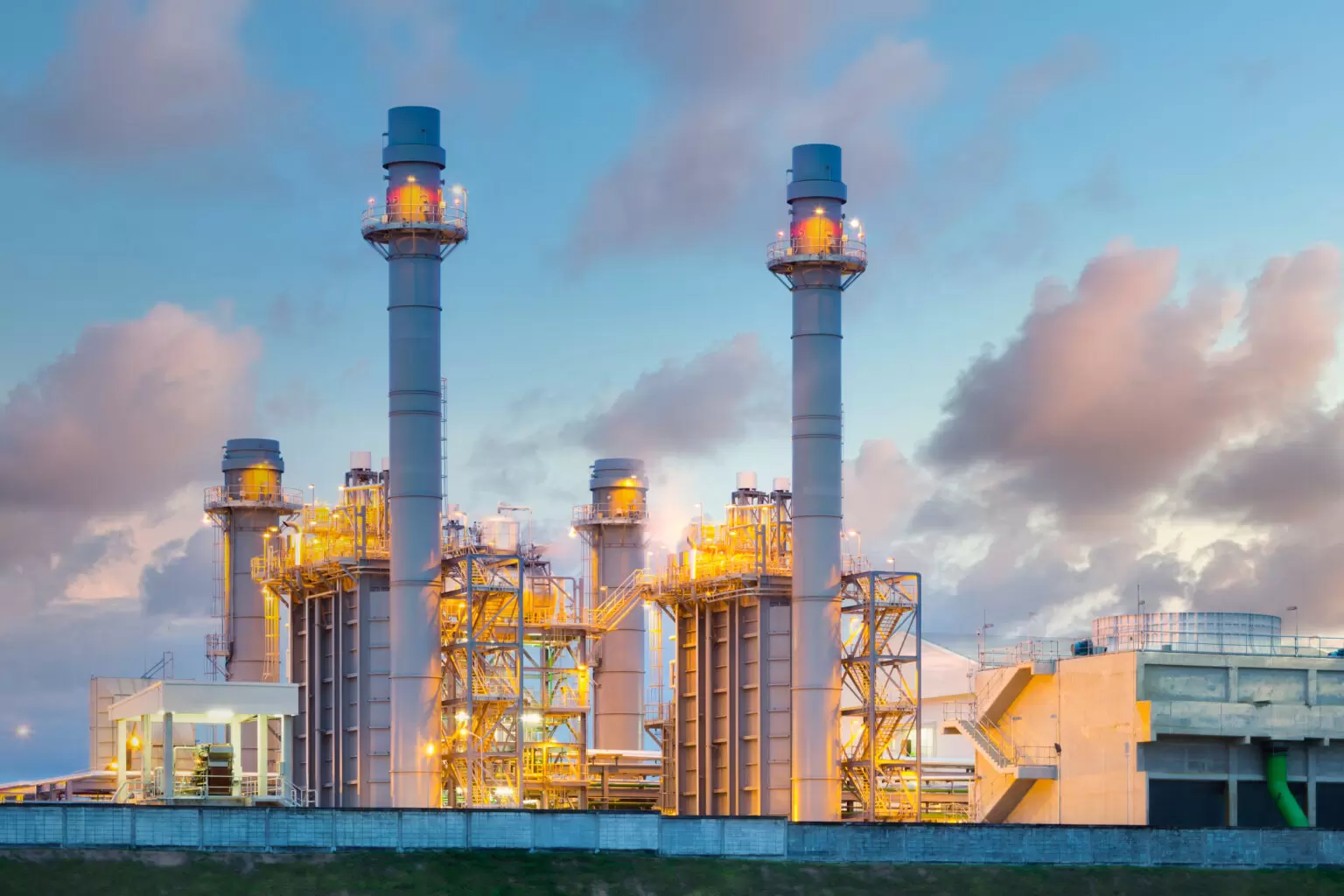Kenya Electricity Generating Company (KenGen) has launched the second edition of its Sustainable Energy Conference in Olkaria, Naivasha, from September 17–19, 2025, positioning itself as a continental convener in the race to close Africa’s power deficit.
The three-day forum brought together governments, financiers, project developers, and technology innovators to chart pathways that can transform commitments into bankable projects and faster access to electricity for millions across the continent. During the event, KenGen unveiled a 10-year strategy that includes a pledge to add 1,500 megawatts (MW) of new green generation capacity to Kenya’s grid, signaling that the utility is moving beyond advocacy into large-scale implementation.
Why This Conference Matters
Africa remains the global epicenter of energy poverty. Despite years of electrification programs, between 600 and 666 million Africans still live without access to electricity. The World Bank and its partners have launched the “Mission 300” initiative, which aims to connect 300 million Africans by 2030.
The timing of KenGen’s conference could not be more critical. While international financiers are ready to deploy billions of dollars, they need bankable projects with clear risk management frameworks. KenGen is pitching itself as not only a Kenyan power producer but also a regional leader in green generation that can provide a model for other African utilities.
Key Announcements at the Conference
KenGen’s commitments were structured around both expansion and modernization:
- Geothermal power: About 800 MW of new capacity will come from Kenya’s Rift Valley resources, primarily in the Olkaria complex.
- Wind and solar power: The company plans to diversify by adding hybrid wind-solar projects integrated with storage solutions.
- Plant rehabilitation: Older hydropower and geothermal plants will undergo upgrades to extend their lifespan and improve efficiency.
- Partnerships: The event attracted financiers, multilateral banks, corporate players, and technology experts, highlighting the importance of collaboration to de-risk projects and accelerate deployment.
This mix of strategies underscores KenGen’s ambition to leverage Kenya’s proven renewable potential while ensuring that its generation capacity remains reliable and resilient.
Geothermal Kenya’s Comparative Advantage
Kenya is already a world leader in geothermal energy, with Olkaria serving as one of the largest geothermal fields globally. Geothermal power has become the backbone of Kenya’s electricity mix, helping reduce reliance on hydropower during drought seasons and cutting down fossil fuel imports.
By expanding Olkaria and other geothermal wells, KenGen hopes to not only supply Kenya but also feed into the Eastern Africa Power Pool, creating opportunities for cross-border electricity trade. Unlike solar or wind, geothermal is stable and provides baseload power, which is crucial for industrialization and grid stability.
Financing Challenges and Opportunities
While the technical potential is clear, financing remains the largest hurdle. Developing geothermal plants requires significant upfront investment for exploration, drilling, and plant construction.
At the Olkaria conference, investors and financiers emphasized the importance of blended finance models, public-private partnerships, and guarantee mechanisms to de-risk projects. Multilateral institutions such as the African Development Bank (AfDB), the Islamic Development Bank (IsDB), and the World Bank have shown willingness to support projects under the Mission 300 banner.
However, private investors stressed the need for bankable power purchase agreements (PPAs) and transparent procurement processes to unlock large-scale funding. The consensus was clear: Africa’s power gap will only close if utilities can produce projects that attract both concessional and commercial capital.
Beyond Generation
Adding 1,500 MW of new capacity is only half the story. For millions of rural households and businesses, access is constrained not by generation but by weak transmission and distribution networks. Without upgrading power lines and substations, new generation plants could sit idle.
Delegates also emphasized the importance of community engagement. Geothermal development in Rift Valley regions must balance environmental sustainability with the rights and livelihoods of local communities. Transparent compensation frameworks, benefit-sharing mechanisms, and job creation will be critical to securing social license for projects.
What Success Will Look Like
If KenGen achieves its targets, Kenya could add hundreds of megawatts of clean power in the next five years, stabilizing domestic supply and creating surplus capacity for regional trade.
Key milestones to watch include:
- Tender announcements for new Olkaria drilling and power plant contracts
- Strategic equity and loan agreements signed with financiers
- Commissioning of new geothermal and hybrid projects
- Grid expansion programs rolled out by the Kenya Electricity Transmission Company (KETRACO)
Ultimately, success will be measured not just in megawatts added, but in the number of new connections how many homes, schools, and businesses gain reliable and affordable access to electricity.
Also read: Electricity Consumption Surges, Pushing Kenya’s Grid to Record Levels
FAQs
- Why is KenGen hosting this conference?
KenGen is using its experience as Kenya’s largest power producer especially in geothermal energy to bring stakeholders together and position itself as a leader in Africa’s energy transition. - How much new power does KenGen plan to add?
KenGen aims to add 1,500 MW of renewable energy capacity within the next decade, mainly from geothermal, solar, and wind sources. - What is Africa’s current electricity access gap?
Between 600 and 666 million people in Africa still lack access to electricity, making it the world’s largest energy-access deficit. - Why focus on geothermal power?
Geothermal provides reliable, 24/7 baseload power, unlike solar and wind, which are intermittent. Kenya’s Rift Valley has proven geothermal reserves that can be scaled up cost-effectively. - What challenges could slow progress?
The biggest challenges are financing risks, weak transmission infrastructure, and community concerns around land use and environmental impact. - How does this fit into Africa’s wider electrification goals?
KenGen’s projects contribute to the World Bank–backed Mission 300 initiative, which seeks to connect 300 million Africans by 2030. - What’s next after the conference?
Stakeholders will watch for procurement notices, financing deals, and construction milestones that turn conference commitments into real-world power connections.



